Main Menu
Fastest Known Times and Fun Times

Erica lives, works and plays in Summit County, CO. Her best days are those spent outside exploring a new place powered by her own two feet. She got her running start in the summer before eighth grade, when she ran a loop around the neighborhood to decide whether or not to go out for the cross country team. These days, she mostly puts in her miles on the beautiful trails outside her door in her mountain home. When not running, find her with a thought-provoking read or making something delicious in the kitchen…or, preferably, on the camp stove.
Share This Article!
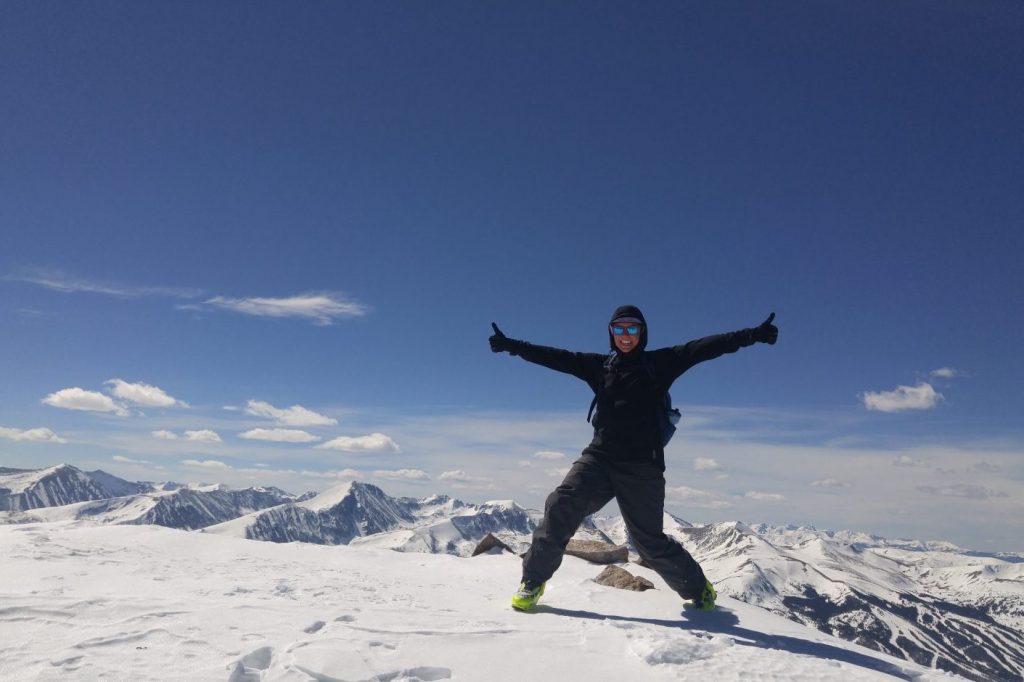
Imagine running a race along a stunning stretch of singletrack. Imagine this race without course markings or aid stations. There’s no banner across the start line, and no party awaits you at the finish line. You’re not wearing a bid number, no computer is timing you, and no one else is in the race. But make no mistake, you’re still racing. This scenario describes the attempt to set a Fastest Known Time, or FKT. Little grabs the attention of the running community today like the announcement of an FKT success. These attempts often happen in bucket-list destinations, like the Grand Canyon, Zion National Park or the Appalachian Trail. Setting an FKT, the ultimate self-supported (or supported) adventure run, can seem like a daring feat relegated to the realm of elite, usually male, runners. But often overlooked in the conversation surrounding FKTs are two important things: ladies are out there setting impressive FKTs, too, and by adopting their strategies, a runner of any speed can access this style of self-supported adventure running.
 Before discussing how to embark on your own unofficial adventure run, glean some inspiration from ladies who have recently set high marks on wild running routes. Last September, Trail Sister Darcy Piceu set the female FKT on the 211-mile John Muir Trail in the Sierra Nevada of California. At the time, her FKT of 3 days, 7 hours and 57 minutes was just 21 minutes slower than the male FKT on the route. And in November, another Trail Sister, Cat Bradley, set the impressive 8 hour 52 minute female FKT on the rim to rim to rim route in the Grand Canyon. Inspiring ladies are also putting up record times on lesser-known trails in no less beautiful places. Last October, Oregonian Ashley Nordell set the overall FKT of 2 days, 10 hours, 46 minutes on the 165-mile Ozark Highlands Trail in northwest Arkansas. And in July, Anna Mae Flynn set the female FKT of 5:38:29 on Colorado’s stunning 28-mile Four Pass Loop, besting a record once held by Trail Sister Sandi Nypaver.
Before discussing how to embark on your own unofficial adventure run, glean some inspiration from ladies who have recently set high marks on wild running routes. Last September, Trail Sister Darcy Piceu set the female FKT on the 211-mile John Muir Trail in the Sierra Nevada of California. At the time, her FKT of 3 days, 7 hours and 57 minutes was just 21 minutes slower than the male FKT on the route. And in November, another Trail Sister, Cat Bradley, set the impressive 8 hour 52 minute female FKT on the rim to rim to rim route in the Grand Canyon. Inspiring ladies are also putting up record times on lesser-known trails in no less beautiful places. Last October, Oregonian Ashley Nordell set the overall FKT of 2 days, 10 hours, 46 minutes on the 165-mile Ozark Highlands Trail in northwest Arkansas. And in July, Anna Mae Flynn set the female FKT of 5:38:29 on Colorado’s stunning 28-mile Four Pass Loop, besting a record once held by Trail Sister Sandi Nypaver.
The impressive efforts of Darcy, Cat, Ashley, Anna Mae and many other women may seem out of reach for many of us. What I love about these FKTs, however, is the philosophy behind them: do your research, pack your bag and test yourself on an adventure exploring a beautiful place. Sure, you’ll have to go without the support system of an official race setting. But you’ll also have no limits as to where you can go, how far, how long, how high…in general, only your willingness to explore limits your adventure. While some ladies might go faster than anyone else, adventure runs at any speed are accessible to all of us Trail Sisters. By adopting the mindset and tactics of an FKT-setter, we too can venture self-supported into wild places on all-day or multi-day running adventures. If you’re like me, such outings will be among the best days of your running life.
 So how does one begin the intimidating process of planning such a running adventure? Perhaps the most valuable tool in your adventure run kit is your mindset. Remember, an outing of any kind becomes an adventure when the outcome is uncertain. We trail and ultrarunners know that on race day, we deal with a wide range of variables. Things rarely go according to plan. Consider removing the support system a race provides; the number of variables in a self-supported adventure dramatically increases. As in any adventure, a mindset that expects the unplanned—torrential rain, bonus miles, a blister you’ve never had before—is likely to be your most important piece of gear.
So how does one begin the intimidating process of planning such a running adventure? Perhaps the most valuable tool in your adventure run kit is your mindset. Remember, an outing of any kind becomes an adventure when the outcome is uncertain. We trail and ultrarunners know that on race day, we deal with a wide range of variables. Things rarely go according to plan. Consider removing the support system a race provides; the number of variables in a self-supported adventure dramatically increases. As in any adventure, a mindset that expects the unplanned—torrential rain, bonus miles, a blister you’ve never had before—is likely to be your most important piece of gear.
Willing to adjust your plan and hold your expectations loosely? (Yeah, me neither, but anyway…) Great! Now ask yourself, what special place on Earth calls to you? A link-up of trails in your backyard that no one has ever connected into one outing? A trail in a far-away national park that’s long been on your list? Desert canyons? Treeless stretches in the high alpine? Don’t be afraid to be creative. Once you decide where you’re headed, the preparation begins.
 Start by doing some homework. Buy a good paper map of the area and learn how to read it. Classes at local outdoor stores can be good places to learn basic map skills. Search the internet for trip reports from runners or hikers who have previously covered your intended route. Consult online trail profiles and Strava information. Websites and apps like Trail Run Project are great resources. With the information obtainable from topographic maps and online, familiarize yourself with the elevation profile of your route. Knowing the total mileage can give some clue as to how long your adventure will take, but factoring in the climbs (and steep, technical descents) will allow for a much more accurate time estimate. Consult other runners who have ran your route before; a great place to find such runners is the Trail Sisters online forums.
Start by doing some homework. Buy a good paper map of the area and learn how to read it. Classes at local outdoor stores can be good places to learn basic map skills. Search the internet for trip reports from runners or hikers who have previously covered your intended route. Consult online trail profiles and Strava information. Websites and apps like Trail Run Project are great resources. With the information obtainable from topographic maps and online, familiarize yourself with the elevation profile of your route. Knowing the total mileage can give some clue as to how long your adventure will take, but factoring in the climbs (and steep, technical descents) will allow for a much more accurate time estimate. Consult other runners who have ran your route before; a great place to find such runners is the Trail Sisters online forums.
One intimidating factor of the self-supported adventure run is the lack of course markings; you can reduce the intimidation by using every resource available to get to know your intended route. If possible, spend some time before the big day (or weekend, or week) covering smaller stretches of the route, locating major trail intersections. And once out there on your adventure, remember that a wrong turn or uncertainty about the route is part of what makes it, well, an adventure. It’s okay to be uncertain, so long as you have what you need to spend a few extra miles and hours on the trail. Familiarize yourself with the principles of Leave No Trace, a philosophy of minimizing our impact on wild places. Don’t forget the third principle, dispose of waste properly. Learn what to do when there’s no toilet around, and pack the supplies necessary to handle your needs comfortably and in an environmentally responsible way. That way, lack of port-o-potties doesn’t have to cause anxiety, either. This Trail Sisters article shares important details on the topic.
 Bringing the right equipment and supplies along makes the difference in having an epic day and experiencing an altogether different kind of “epic.” Self-supported adventure runs don’t have aid stations, but with some thoughtfulness, there’s no need for lack of aid to keep you off the trail. Start by finding a comfortable way to carry your supplies. Running vests, packs, waist belts and hand-held water bottles offer many customizable ways to carry our stuff. Whatever you use, make sure all you need for your adventure fits, and be sure to give your system a test run or two before the big day. Study your map for creek and river crossings. Will water be flowing during the time of year you’re running? If so, with a water filter bottle or a form of chemical water treatment (iodine drops, water treatment tablets, etc.) you have unlimited water. Running in the desert? Maybe your adventure requires a water reservoir of several liters. Sometimes our adventure runs take us by other water sources, like campgrounds or trailhead water fountains. Another way to prevent your adventure from derailing is to pack for a variety of conditions; study local weather and climate data, and come ready for temps above and below average. If getting soaked would incapacitate you, pack a waterproof jacket and pants. If you’ll face high heat or intense sun exposure, bring or wear clothing that dries slowly, like a cotton shirt and neck bandana, and soak yourself often. Remember to bring along items that we normally can rely on aid stations to provide, like sunscreen, anti-chafe cream and first aid supplies. On an adventure run, it’s up to us to bring whatever food we’ll need; experiment with different easily-packable snacks before your run, and bring a little more than you think you’ll need.
Bringing the right equipment and supplies along makes the difference in having an epic day and experiencing an altogether different kind of “epic.” Self-supported adventure runs don’t have aid stations, but with some thoughtfulness, there’s no need for lack of aid to keep you off the trail. Start by finding a comfortable way to carry your supplies. Running vests, packs, waist belts and hand-held water bottles offer many customizable ways to carry our stuff. Whatever you use, make sure all you need for your adventure fits, and be sure to give your system a test run or two before the big day. Study your map for creek and river crossings. Will water be flowing during the time of year you’re running? If so, with a water filter bottle or a form of chemical water treatment (iodine drops, water treatment tablets, etc.) you have unlimited water. Running in the desert? Maybe your adventure requires a water reservoir of several liters. Sometimes our adventure runs take us by other water sources, like campgrounds or trailhead water fountains. Another way to prevent your adventure from derailing is to pack for a variety of conditions; study local weather and climate data, and come ready for temps above and below average. If getting soaked would incapacitate you, pack a waterproof jacket and pants. If you’ll face high heat or intense sun exposure, bring or wear clothing that dries slowly, like a cotton shirt and neck bandana, and soak yourself often. Remember to bring along items that we normally can rely on aid stations to provide, like sunscreen, anti-chafe cream and first aid supplies. On an adventure run, it’s up to us to bring whatever food we’ll need; experiment with different easily-packable snacks before your run, and bring a little more than you think you’ll need.
Finally, perhaps the most intimidating factor for ladies considering an adventure run is safety. This concern is not unfounded, as shown in this recent study. Even though things occasionally go wrong on the trail, we can greatly mitigate danger by preparing well. If you’ve planned thoroughly, you’ve already put safety first. Packing the appropriate food, water and supplies means that dangers like heat-related illness, hypothermia and severe dehydration are far less likely to happen. You’re also mitigating danger when studying your map. As you do, note things like ranger stations and exit routes to roads should an emergency occur. Tell a friend exactly where you plan to be, how long you expect it to take and what time to call for help if you haven’t checked in (and be sure to check in at the end of your adventure). Better yet, go with a friend! To give yourself even more peace of mind, consider carrying an emergency beacon. There are several products available that allow the user to call for emergency assistance with the push of a button, and some devices also allow the user to broadcast a custom “I’m okay” message to pre-arranged contacts. Learn how to react in the rare event you encounter large mammals, like black bears and mountain lions. Consider carrying pepper spray to protect yourself from the extremely rare aggressive animal or unfortunately less rare aggressive human. Practice using pepper spray (without actually discharging it) so you can use it effectively if needed.
 No course markings. No aid stations. No other racers on course. No live tracking…or tracking at all. Do these elements of an FKT attempt, or your own personal FKT-like adventure, frighten or excite you? If you feel a bit of both, you must be human. Take a chance and follow that excitement. Start planning a running adventure of your own, a day to make running your means to explore new, wild places. And if you’re motivated to cover your route faster than anyone else in known history, send it! You’ll be in the company of some of ultrarunning’s most impressive lady adventurers. We’re out there, testing our limits on trails both world-famous and yet to be discovered. But no matter your speed, few experiences are better than a day of running above treeline, or through a deep canyon, or along oceans or across slickrock with all you need cinched in your vest and your heart full. Whether your goal is a Fastest Known Time, Funnest Known Time or something in between, do some planning, ask questions and set out. We’ll see you out there.
No course markings. No aid stations. No other racers on course. No live tracking…or tracking at all. Do these elements of an FKT attempt, or your own personal FKT-like adventure, frighten or excite you? If you feel a bit of both, you must be human. Take a chance and follow that excitement. Start planning a running adventure of your own, a day to make running your means to explore new, wild places. And if you’re motivated to cover your route faster than anyone else in known history, send it! You’ll be in the company of some of ultrarunning’s most impressive lady adventurers. We’re out there, testing our limits on trails both world-famous and yet to be discovered. But no matter your speed, few experiences are better than a day of running above treeline, or through a deep canyon, or along oceans or across slickrock with all you need cinched in your vest and your heart full. Whether your goal is a Fastest Known Time, Funnest Known Time or something in between, do some planning, ask questions and set out. We’ll see you out there.
About the Author

Erica lives, works and plays in Summit County, CO. Her best days are those spent outside exploring a new place powered by her own two feet. She got her running start in the summer before eighth grade, when she ran a loop around the neighborhood to decide whether or not to go out for the cross country team. These days, she mostly puts in her miles on the beautiful trails outside her door in her mountain home. When not running, find her with a thought-provoking read or making something delicious in the kitchen…or, preferably, on the camp stove.
Share This Article!

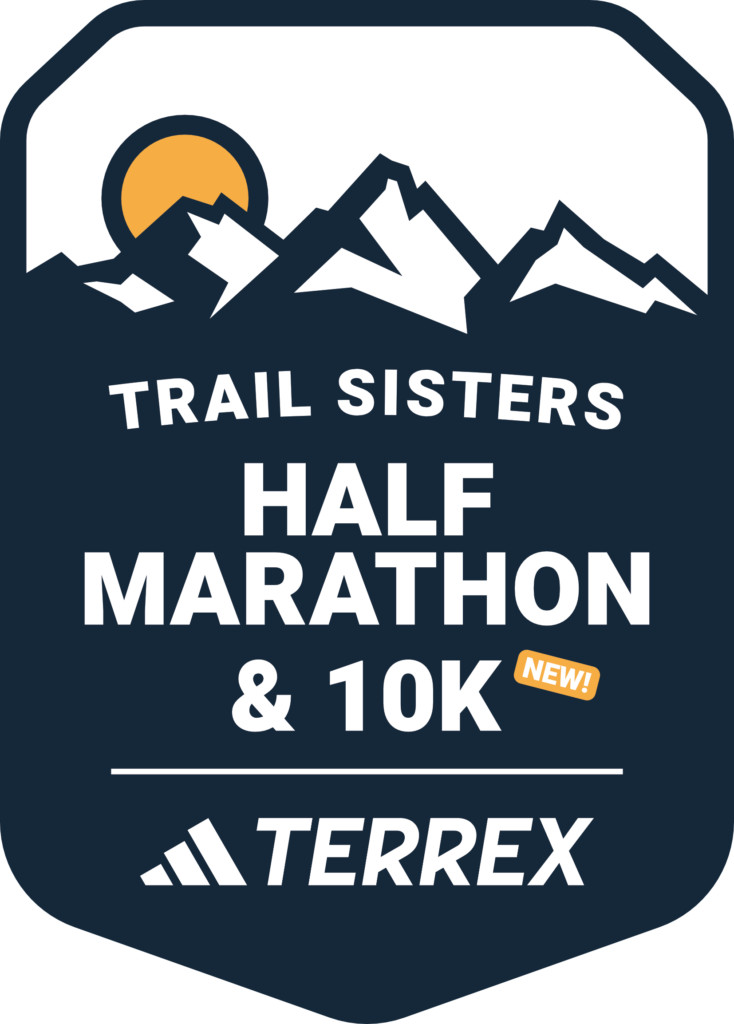
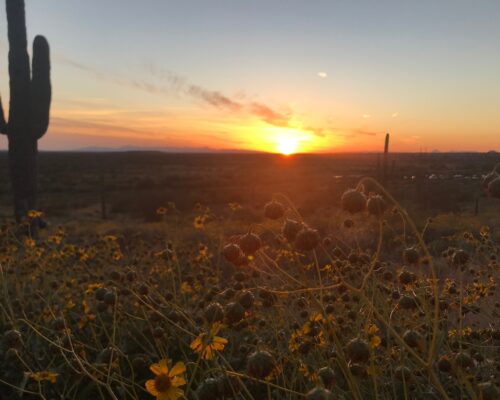
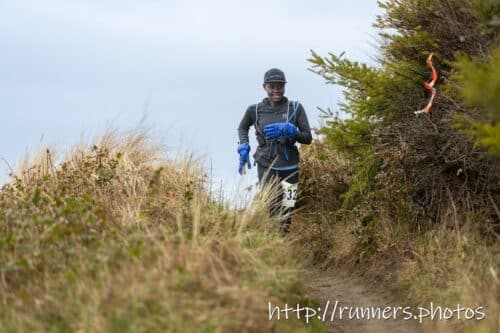

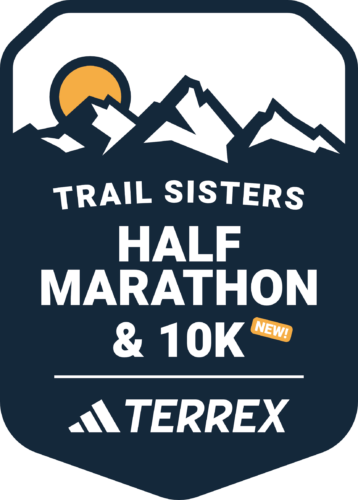
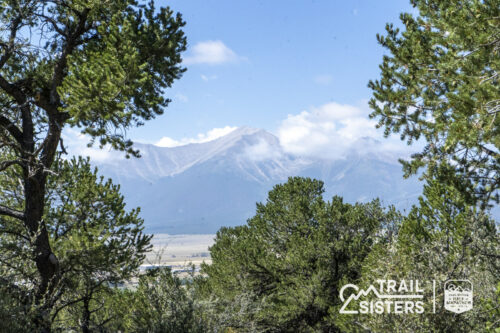
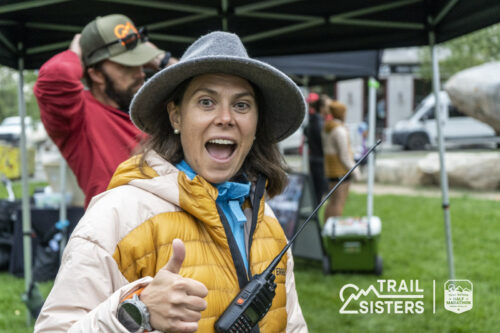
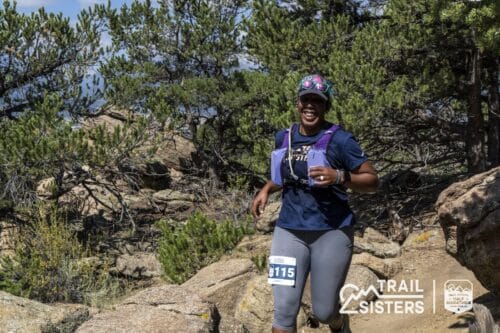
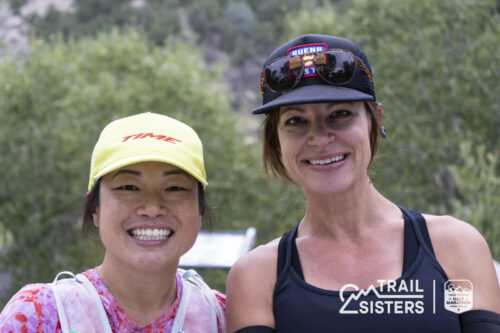
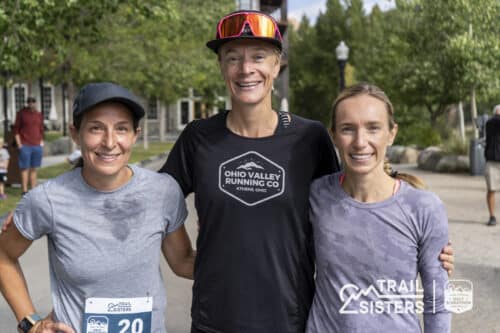
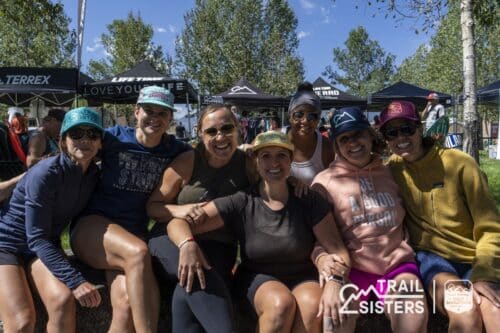
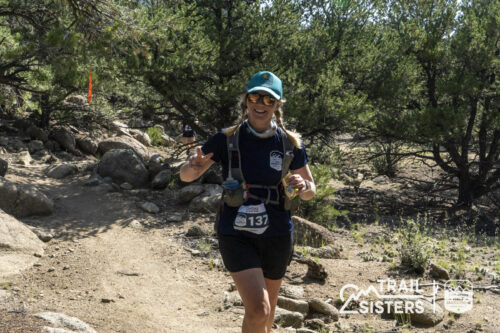
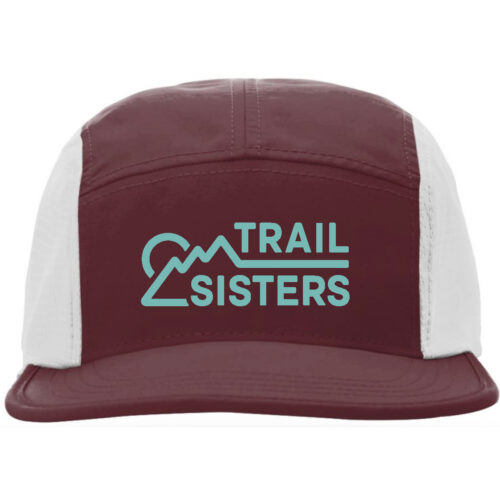
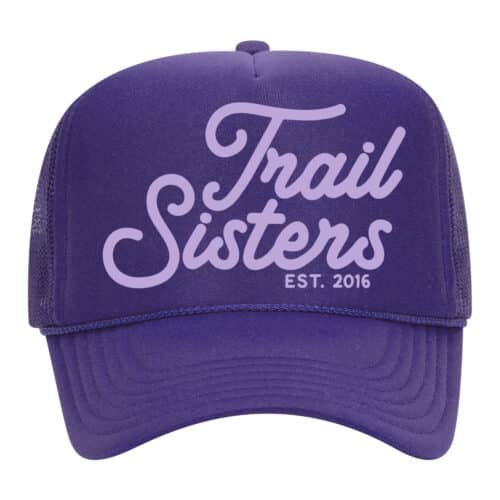
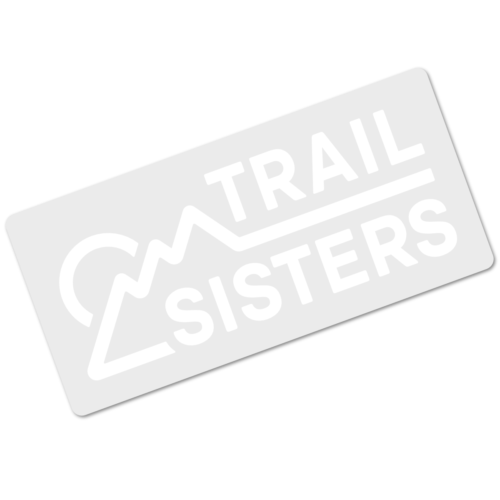
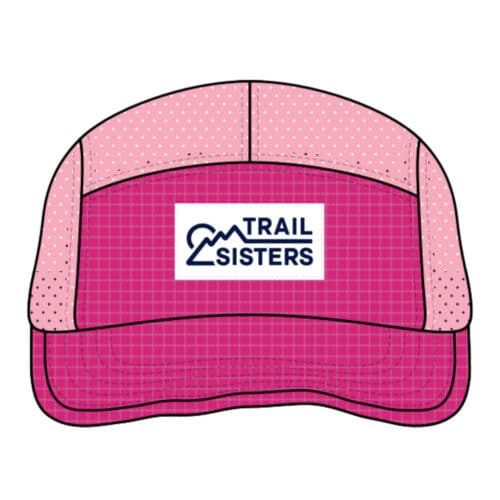
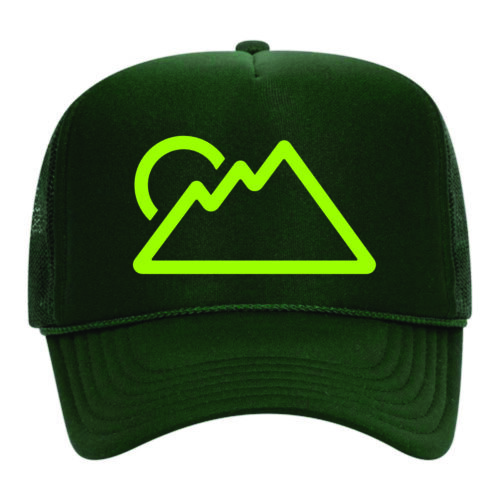


5 Responses
Love it. Some wonderful perspective, great information and I’m gonna take this one… “mindset” and use it a LOT!
Thanks, Ruthie!
Nice work Erica! Fun to read your work! James Terrell just completed the JMT in 6 days and the FKT just blows me away.
Hi Graham! Wow, impressive time from James…and yes, the FKT is nuts. Thanks for reading!
READY EARNINGS ON THE INTERNET from $6443 per day: https://aradusexit.tk/zcar